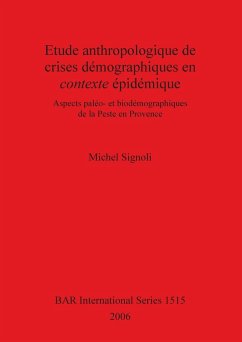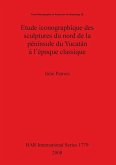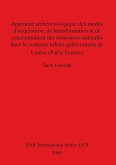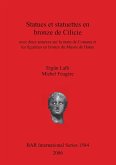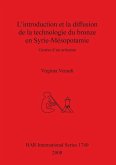This study examines demographical impacts of plague epidemics on populations. Geographically, the work is confined to les Bouches-du-Rhone (southern France) and chronologically it stretches to modern times. The original approach of this work consists of the analysis of two sources; historical and biological archives. The former looks at various documents (fiscal lists, parish registers, lists of victims, etc.). The second source looks at the osteological remains of the plague victims, as retrieved from archaological excavations. The book concentrates on the bio-demographical impacts of plague epidemics of 1720-1722 in the communities of d'Aubagne, de Martigues, and Marseille. Three cemeteries were examined - Fedons, Delos and the trench at Observance. Itwas possible to define the rates of mortality and differences and variations among victims of different age groups. It was possible to compare the impact of the demographic crisis of two different origins: between the famine and epidemics (Martigues 1709-1710, 1720-1721) and different types of epidemics. It was also possible to understand types of inhumations and the treatment of plague victims, which were then compared to the archive lists and autopsies.
Hinweis: Dieser Artikel kann nur an eine deutsche Lieferadresse ausgeliefert werden.
Hinweis: Dieser Artikel kann nur an eine deutsche Lieferadresse ausgeliefert werden.

